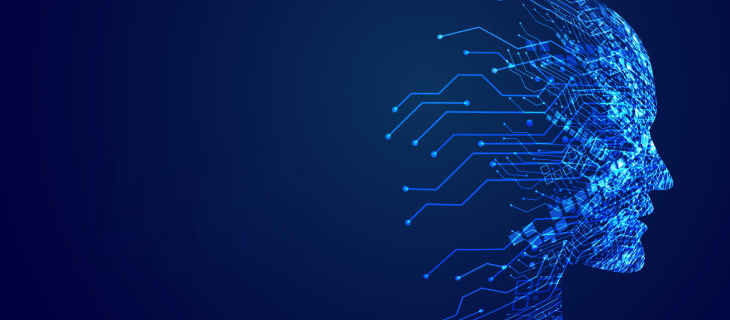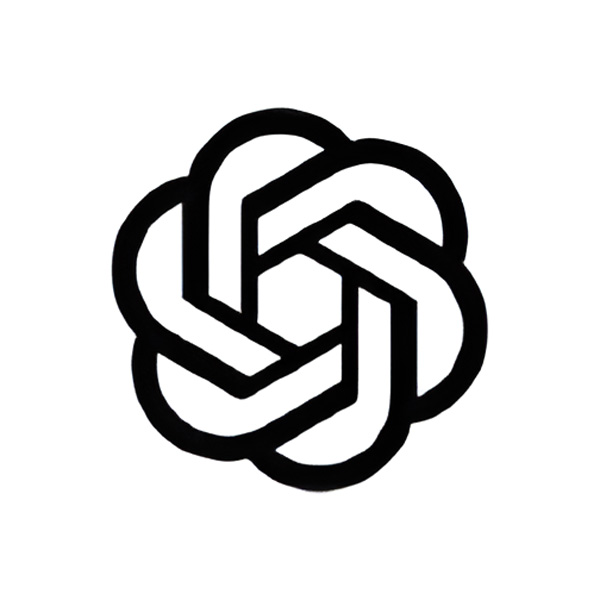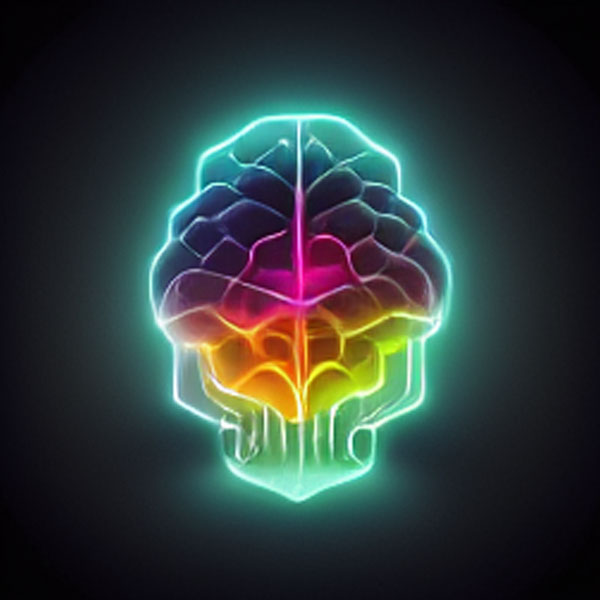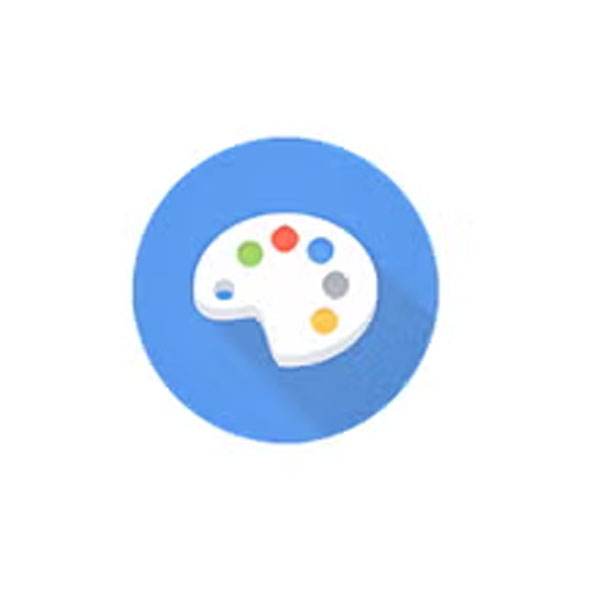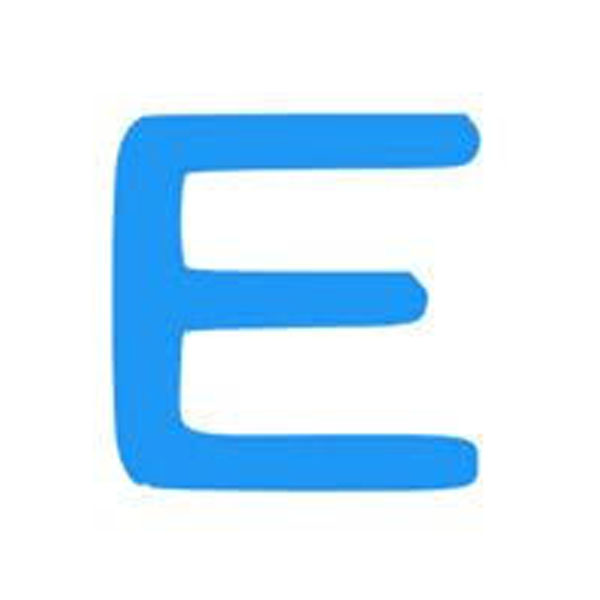🖼️ AI for Image Generation
📘 Definition
AI for Image Generation refers to the use of artificial intelligence to automatically create high-quality images from text prompts, visual inputs, or creative parameters. It blends deep learning with artistic and functional output.
🔍 Detailed Description
AI image generation combines deep neural networks like GANs, VAEs, and diffusion models to analyze and create visuals from data. It can mimic artistic styles, design original assets, or synthesize photorealistic scenes based on a user’s input.
Popular frameworks like Stable Diffusion and DALL·E 2 utilize extensive training datasets to produce imaginative and precise imagery. These models can fill in gaps (inpainting), style-match (style transfer), or generate images completely from scratch.
This technology democratizes visual creativity, enabling marketers, designers, educators, and developers to generate rich imagery quickly and affordably, often without design experience.
💡 Use Cases of AI for Image Generation
- Marketing Content Creation: Instantly generate ad banners, social posts, and product images.
- Game Design: Create characters, textures, and fantasy landscapes for immersive environments.
- Product Visualization: Turn sketches into photorealistic prototypes for design feedback.
- Custom Art & Illustrations: Artists use AI to explore new visual styles and techniques.
- Medical Simulations: Train diagnostic AI with synthetic datasets representing rare conditions.
- Education: Teachers visualize complex ideas (e.g., space, biology) through prompt-based imagery.
🛠️ Related Tools
- DreamFusion AI
- MidJourney Generator
- Stable Diffusion Studio
- DALL·E Toolset
❓ Frequently Asked Questions
What is AI for image generation?
It’s the process where AI algorithms generate original images using data, prompts, or parameters provided by users.
How do text-to-image AI models work?
They convert natural language prompts into visual elements using neural networks trained on large datasets.
What is the difference between GANs and diffusion models?
GANs use adversarial networks to refine images; diffusion models use noise reduction to progressively construct them.
Can I sell AI-generated images?
Yes, but check the tool’s commercial licensing policies to avoid legal issues.
Are AI-generated images high quality?
Yes, especially when using diffusion-based models which produce photorealistic outputs.
What skills do I need to use these tools?
Most tools are no-code and beginner-friendly — all you need is creativity and a clear prompt.
Which platforms are best for AI image generation?
Top choices include DALL·E, MidJourney, Stable Diffusion, and Runway ML.
Explore More Glossary Terms
- AI for Lip Syncing
- AI for API Rate Limit
- AI for Model Drift
- Artificial Intelligence (AI)
- AI for Model Inference
- AI for Audio Classification
- AI for Model Training
- AI for Audio Denoising
- AI for Naive Bayes
- AI for Autocomplete
- AI for Named Entity Recognition (NER)
- AI for Autoencoder
- AI for Natural Language Processing (NLP)
- AI for Autonomous Agent
- AI for Neural Network
- AI for Background Removal
- AI for Object Detection
- AI for Bias
- OpenAI Tool
- AI for Chatbot
- AI for Optical Character Recognition (OCR)
- AI for Code Generation
- AI for Overfitting
- AI for Collaborative Robots (Cobots)
- AI for Path Planning
- AI for Computer Vision
- AI for Personalization
- AI for Context Window
- AI for Pinecone
- AI for Conversational
- AI for Pose Estimation
- AI for Convolutional Neural Network (CNN)
- AI for Predictive Analytics
- AI for Cross-Validation
- AI for Dataset
- AI for Decision Tree
- AI for Support Vector Machine (SVM)
- AI for Deep Learning
- AI for Deepfake
- AI for Swarm Intelligence
- AI for Deployment
- AI for Telepresence Robot
- AI Agents
- AI for Diffusion Model
- AI for Text Classification
- Collaborative Robots - Cobots
- AI for Edge Detection
- AI for Text Generation
- Conversational AI
- AI for Embeddings
- AI for Text Summarization
- 3D Reconstruction
- AI for Emotion Detection
- AI for Text Translation
- A/B Testing
- AI for Face Recognition
- AI for Text-to-Speech (TTS)
- AI for Coding
- AI for Facial Recognition
- AI for Text-to-Video
- AI for Feature Engineering
- AI for Transfer Learning
- AI for Design
- AI for Few-shot Learning
- AI for Video-to-Text
- AI for eCommerce
- AI for Fine-tuning
- AI for Virtual Assistant
- AI for Education
- AI for Fraud Detection
- AI for Voice Cloning
- AI for Gaming
- GAN (Generative Adversarial Network)
- AI for Healthcare
- Gradient Descent
- AI for HR
- Hugging Face
- AI for Prompt
- AI for Legal
- Human-Robot Interaction
- AI for Recommendation Engine
- AI for Marketing
- AI for Image Generation
- AI for Recurrent Neural Network (RNN)
- AI for Productivity
- AI for Image Recognition
- AI for Reinforcement Learning
- AI for Real Estate
- AI for Image Segmentation
- AI for Research
- AI for Robotic Process Automation (RPA)
- AI for Image Upscaling
- AI for Resume Writing
- AI for Software Development Kit (SDK)
- AI for Inference Engine
- AI for Security
- AI for Sensor Fusion
- AI for Storytelling
- K-Means Clustering
- AI for Sentiment Analysis
- AI for Voiceovers
- AI for K-Nearest Neighbors (KNN)
- AI for Simultaneous Localization and Mapping (SLAM)
- AI for Writing
- AI for LangChain
- AI for Sound Classification
- AI for Language Detection
- AI for Speech Synthesis
- AI in SaaS
- AI for Language Model
- AI for Speech-to-Text
- AI-powered Search
- AI for Large Language Model (LLM)
- AI for Style Transfer
- AI Animation Generation
- AI for Latency
- AI for Supervised Learning
- AI API

